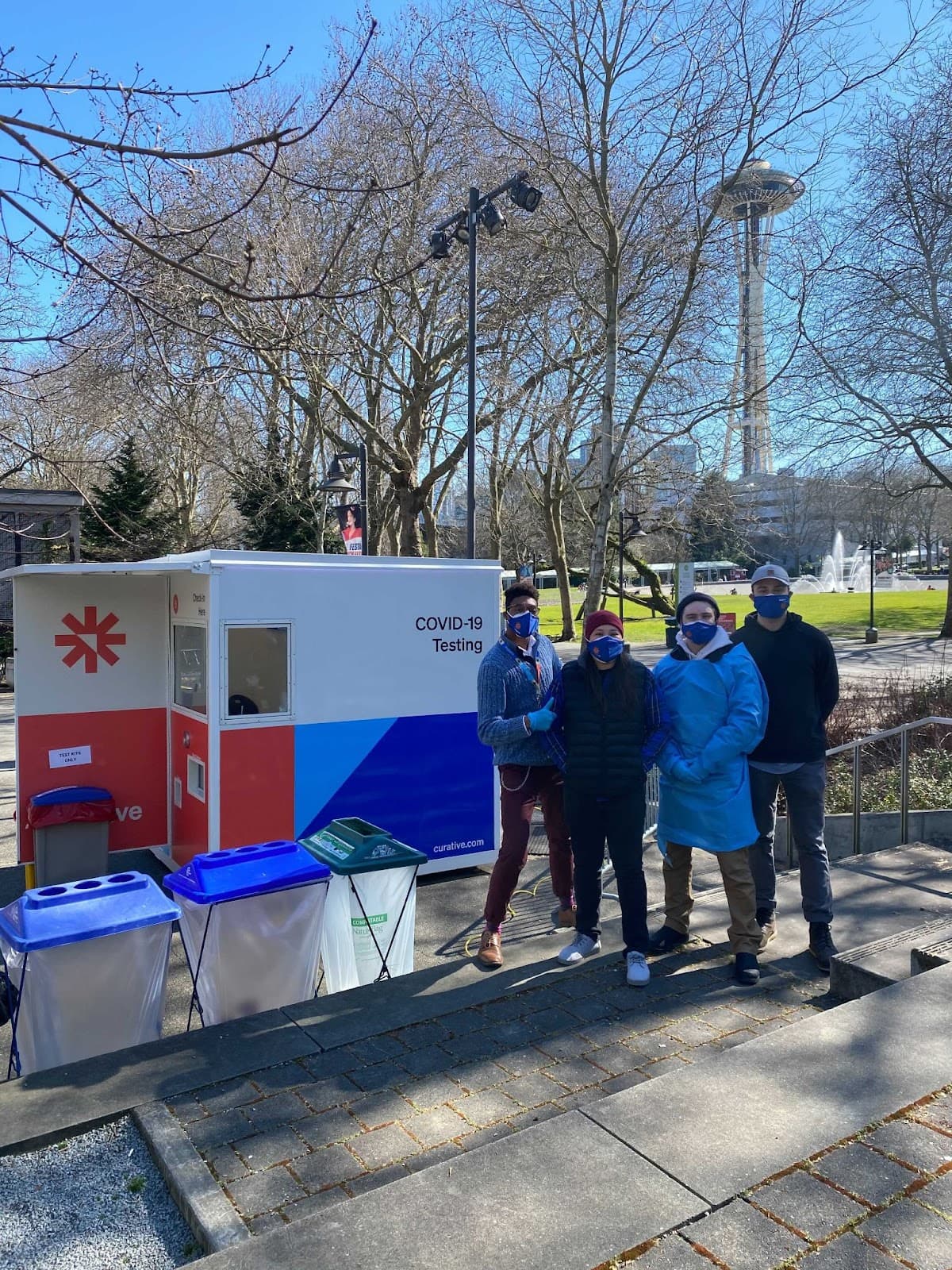What factors determine community health?

4 Minutes

Team Curative

Jun 11, 2022
Healthy communities lead to healthy individuals, and healthy individuals build healthy communities. The journey toward health and wellbeing, therefore, hinges on our ability to work collaboratively to set up the conditions in which people can thrive. Here, we’ll establish what factors contribute to a healthy community using sources from the United States Department of Health and Human Services and the World Health Organization, and how that impacts our individual healthcare experience.
Community health can be defined as the collective health of members of a community and is often assessed by looking at social determinants of health (SDOH). Social determinants of health (SDOH), as defined by Health.gov, are the conditions in the environments where people are born, live, learn, work, play, worship, and age that affect a wide range of health, functioning, and quality-of-life outcomes and risks. Often, people in communities share similar characteristics, including language, socio-economic background, and ethnicities. Due to the structure of the community and resources available, community members often share similar healthcare concerns.
According to the World Health Organization, “Factors such as where we live, the state of our environment, genetics, our income and education level, and our relationships with friends and family all have considerable impacts on health.”
Communities that have been historically underserved by doctors and hospitals, who have developed distrust for healthcare due to a history of malpractice, or who are resource deserts would benefit from increased services. For example, a community that lacks access to a healthy grocery store results in people not having access to fresh food, leading to a higher risk of developing diseases like heart disease, diabetes, and obesity. Coupled with a lack of access to treatment, these populations are underserved. Many non-profits and governments are working to address these issues by establishing community health clinics and advocating for equitable distribution of healthy food.
At Curative, we observed these challenges firsthand when we set out to equitably distribute COVID-19 testing resources. Members of the most at-risk communities did not have easy access to a testing location, whether it be because they were in a rural community without transportation or an urban area without a walk-up testing facility. Quickly, we realized the importance of differentiated service options so that despite transportation barriers, all members could receive services.

The United States Department of Health and Human Services breaks down the social determinants of health into five factors. Here’s what goes into defining a healthy community:
Economic Stability
People with income stability are less likely to live in poverty and more likely to have continuous access to health insurance from their employer or a personal plan. However, even despite continuous work, many people still struggle to access the things that would keep them healthy like nutritious food or gym membership. Ensuring a livable wage, providing access to child care, and employment opportunities are key to ensuring that people have the financial resources to be healthy.
Education Access and Quality
Health outcomes are directly correlated to educational outcomes. People with higher education levels have better access to safe and well-paying jobs that provide health insurance and stability. Living in poverty also impacts physical and social-emotional development, leading to further challenges as children grow up. Communities need to be equipped with good schools and resources to provide children a positive educational experience.
Healthcare Access and Quality
One in ten people in the United States doesn’t have access to health insurance. People without insurance are less likely to receive healthcare services, including vision, dental, and pharmaceutical services. People in communities without easy access to a healthcare center are also less likely to get routine screenings and check-ups; when diseases go undiagnosed, healthcare outcomes can become impacted. Transportation, availability of appointments, and means of scheduling all go into healthcare access and quality.
Neighborhood and Built Environment
The design of communities directly impacts health. Many communities in the United States are not pedestrian-friendly, and we are seeing a nationwide push to increase biking and walking paths in cities. Built environments that incentivize movement result in healthier residents. Community safety, water, and air quality also factor into the built environment.
Social and Community Context
Positive relationships in the community, whether it be at home, at work, or from local businesses, increase mental health and wellbeing. Providing opportunities for people to gather and form social bonds can improve healthcare outcomes. This became challenging during the pandemic, and now communities across the country are finding ways to allow safe gatherings to promote positive mental health outcomes.
These five social determinants of health contribute to what we identify as a healthy community.
As our team at Curative works to build a healthier tomorrow, together, we will be looking at ways that we can meet the needs of the communities we serve through additional and innovative services in ways that are convenient, accessible, and incentivizing to all of our patients.
Sign up for our Newsletter
Table of Contents
Economic Stability
Education Access and Quality
Healthcare Access and Quality
Neighborhood and Built Environment
Social and Community Context








